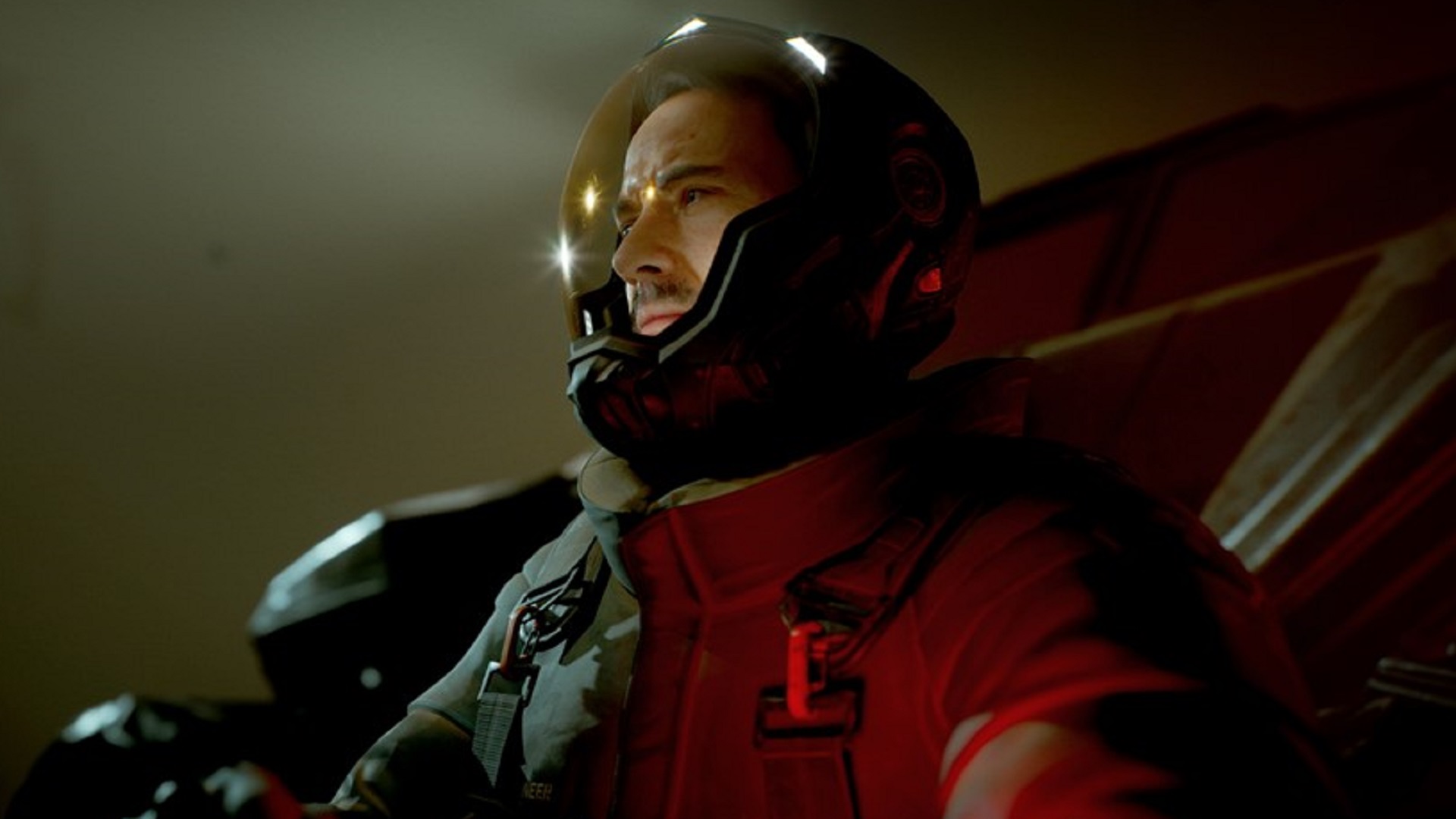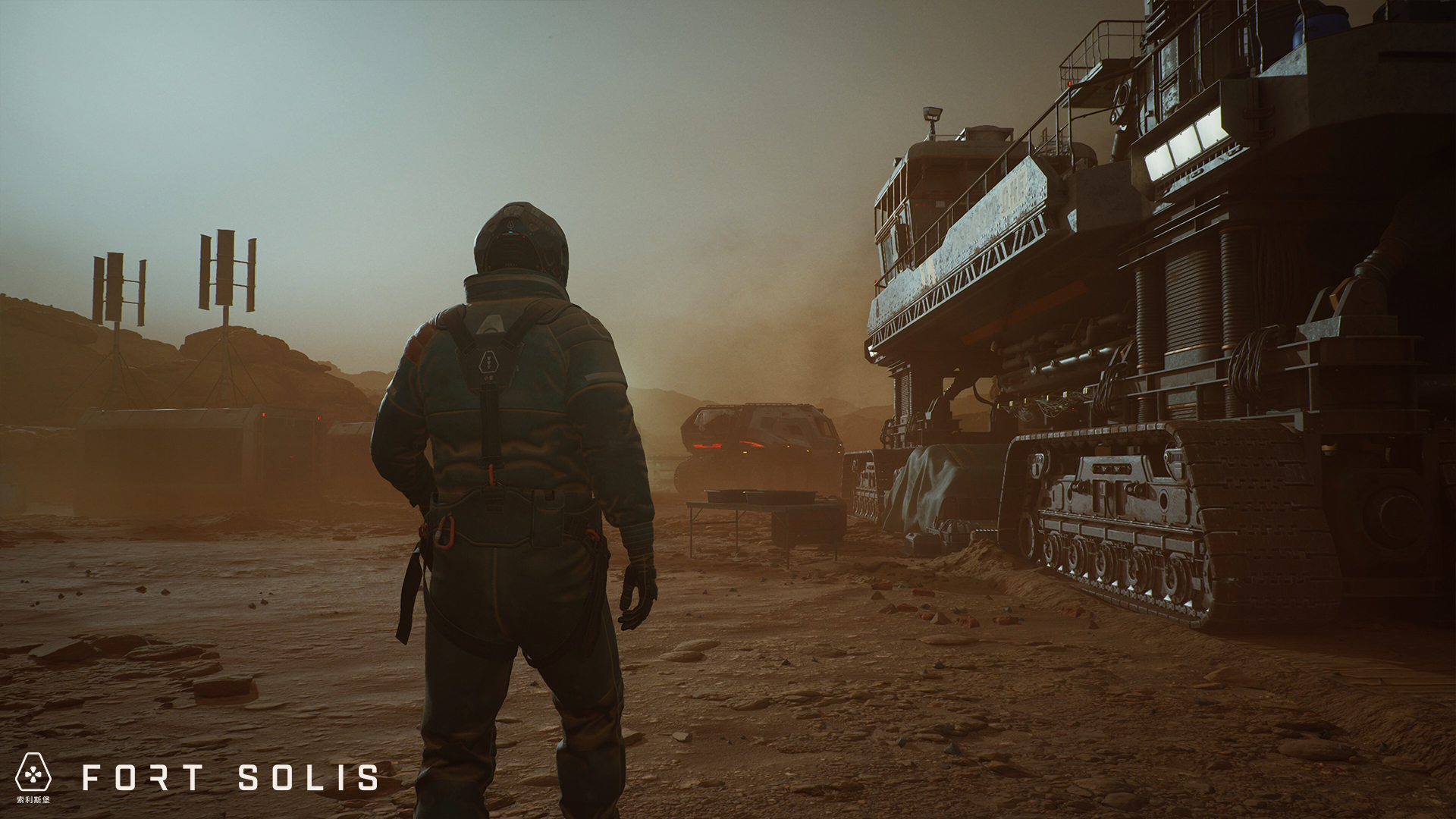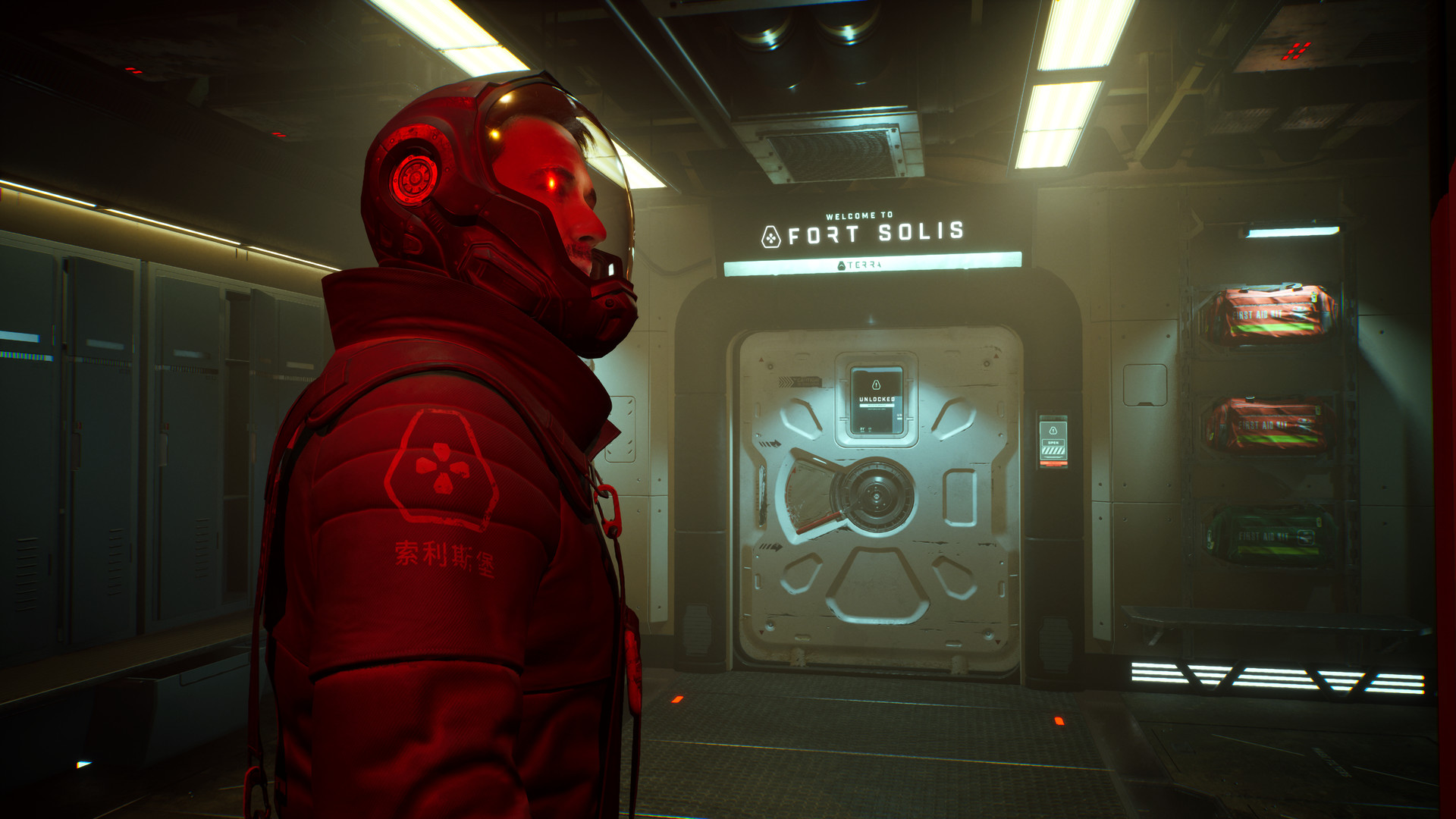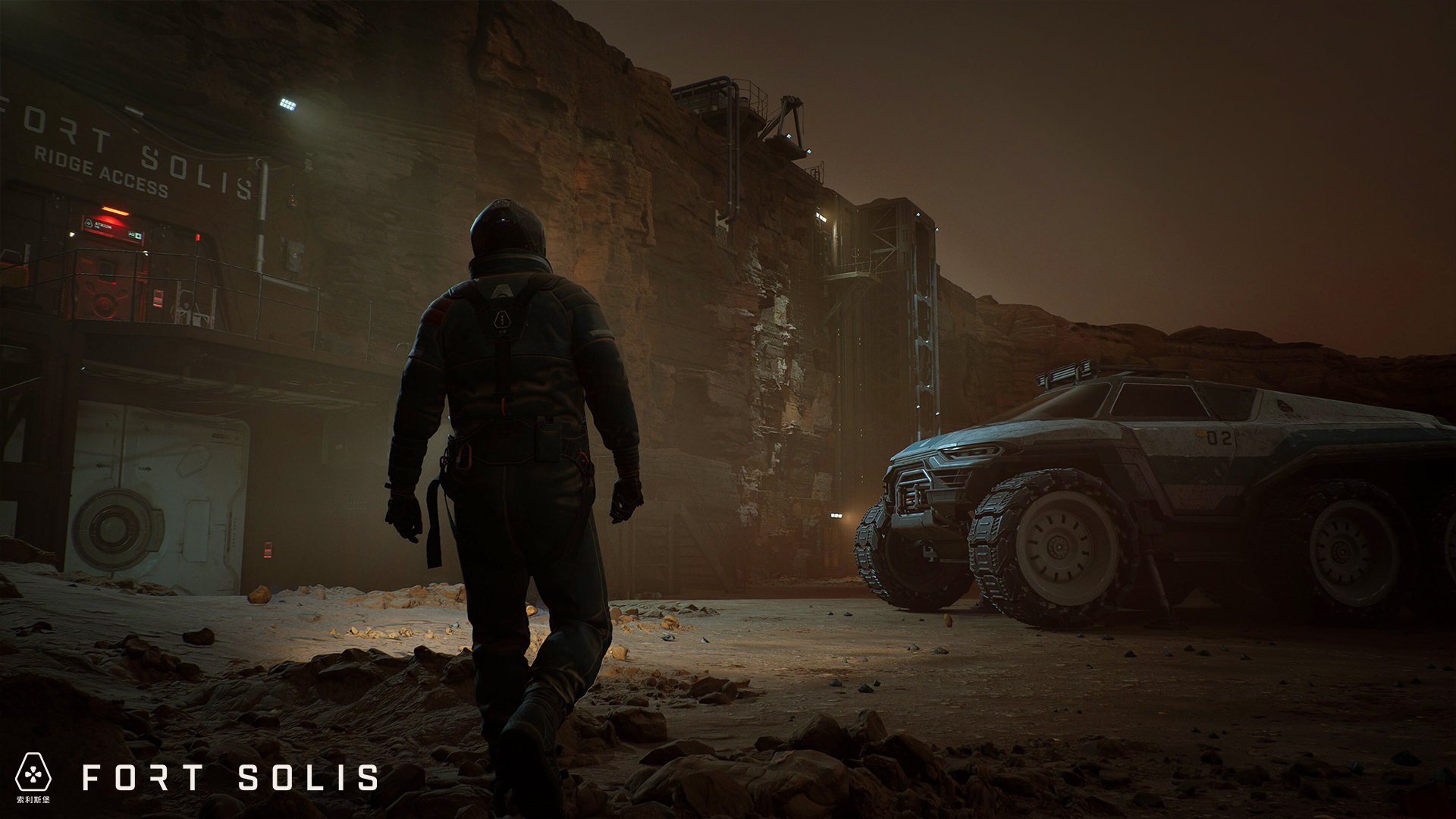How the Fort Solis developers made a sci-fi thriller for the Netflix generation
Writer and director James Tinsdale on how Fallen Leaf brough the red planet to life

There is a level of polish and visual flair to Fort Solis that belies its two-year, relatively low budget, indie development. It leverages its Unreal 5 engine to create some incredible environments on a Mars-based setting, and includes some impressive facial animation that wouldn't look out of place in the sort of big first party offering you'd see from Sony.
You can read my Fort Solis preview for more on how it plays, but how does a team of 10 to 15 people make something that looks and feels like a big deal in barely months?

Planning is a big part of it according to writer and director James Tinsdale. "It came from understanding the project we had to do," he explains, "we had to do something we could make in two to three years, [that] could be possible with 10 to 15 people. To be done in a scope that could be interesting enough that people take notice. But not too out of scope that our publisher wouldn't sign it."
Character arcs
"We started out with a budget, we thought: one playable character, six locations, two or three levels each only, three or four big scenes, story in between… we can do this," remembers Tinsdale. "You have this amount of money, this amount of time [and] it must be done at the end because you can't run out of money or time." However, while running out of either is bad, one thing you can do is get more and, whatever these early stages looked like, it impressed the right people. "We got more investment," says Tinsdale. "And then when Troy Baker came on board, and Roger Clark, we got more, then we got a multimillion pound publishing deal, which is not common for [a studio] with an 8-10 man start. We could do more."
That in, a roundabout way, is how you end up with Fort Solis; a maybe murder/maybe aliens, sci-fi thriller about finding out where everyone's gone on a Mars base. It's a game that, as well as doing impressive things with its tech and time scale, also takes inspiration from an unusual direction – streaming shows. "We wanted to aim, in terms of retention, at people who watch Netflix, Apple TV or Prime. For them, an eight hour TV show is a big commitment, right? If you watch the whole series, you think I got to find three or four evenings, maybe more?"
This idea of aiming at a sort of TV show attention span and commitment directly informed Fort Solis' timeframe and structure as a result. "We looked at that and we thought this game can't go over five hours, before the systems get boring." That's obviously not to say you can't make a game over five hours, but longer play times need more systems and things to keep things interesting. Tinsdale highlights series like God of War as an example: "they probably got about three levels of retention. Once you get about eight hours in all the upgrades, the new systems come in." The longer the experience, generally, the more it has to do and introduce to keep things interesting. "Most games do this to keep the player interested in the long game."
End game

That doesn't mean a short game should feel short, though. "When the systems are good enough for that five hours, people should really feel fulfilled at the end," Tinsdale states. "You want people to enjoy the story, feel good after finishing it and think that was worth my time." But to get people to the end of a game thinking about how much they enjoyed it, you've got to make sure they finish it. "Because if no one finishes it, what does that say about your game?"
Weekly digests, tales from the communities you love, and more
With that in mind Fallen Leaf put a big emphasis on ensuring people carried on playing to the end; something Tinsdale has experience with having previously worked on games like MotorStorm and Driveclub, as well as a contractor for player retention in Battlefield. "We put our focus on making sure we get the player to the end," he says. "One of our biggest focuses on that was with orientation. Is the map clear? Is the objective clear? Do they understand the pacing? They're not lost, they're not wasting time looking at maps, they're just moving from location to location, fully immersed and enjoying the game."

Despite the work put into keeping people engaged, it's when the player gets involved that the TV show and video game design ideas can grind up against each other a little. "It's so hard to pace a game," he points out. "In a movie, you can do scene, scene, scene… In a game you just walk off for half an hour looking at a rock." It's the one variable the studio has to bend with, crafting dialogue and story around the player's movement in the game. "Everything is timed to the physical space of the world. If this line plays here, where could the player end up by the time it finishes?"
The writer strikes
So the dialogue written for stars Roger Clark, Julia Brown and Troy Baker is shaped by the corridors, as much as the events, of Fort Solis. "We would have great witty dialogue but because the length of the hall to the next room, where something ominous is going to happen is maybe eight seconds, you can't have that exchange there." It's that blending of TV show story and feel, with game play interaction that's the challenge with Fort Solis. "At the end of the day, you're not a TV show, you are a game," concludes Tinsdale. "You need the players to follow the breadcrumbs, the right way, without really detracting from the pacing."
It leaves Fort Solis woven from a varied and interesting collection of threads. From the very production focused starting plans, to wanting to hit a TV show feel and then having to craft dialogue around the playable structure that creates. It's an interesting mix so far (check that link above to read my hands on) and one that seems to have paid off. You'll be able to find out for yourself when the game releases on August 22.

I'm GamesRadar's Managing Editor for guides. I also write reviews, previews and features, largely about horror, action adventure, FPS and open world games. I previously worked on Kotaku, and the Official PlayStation Magazine and website.


